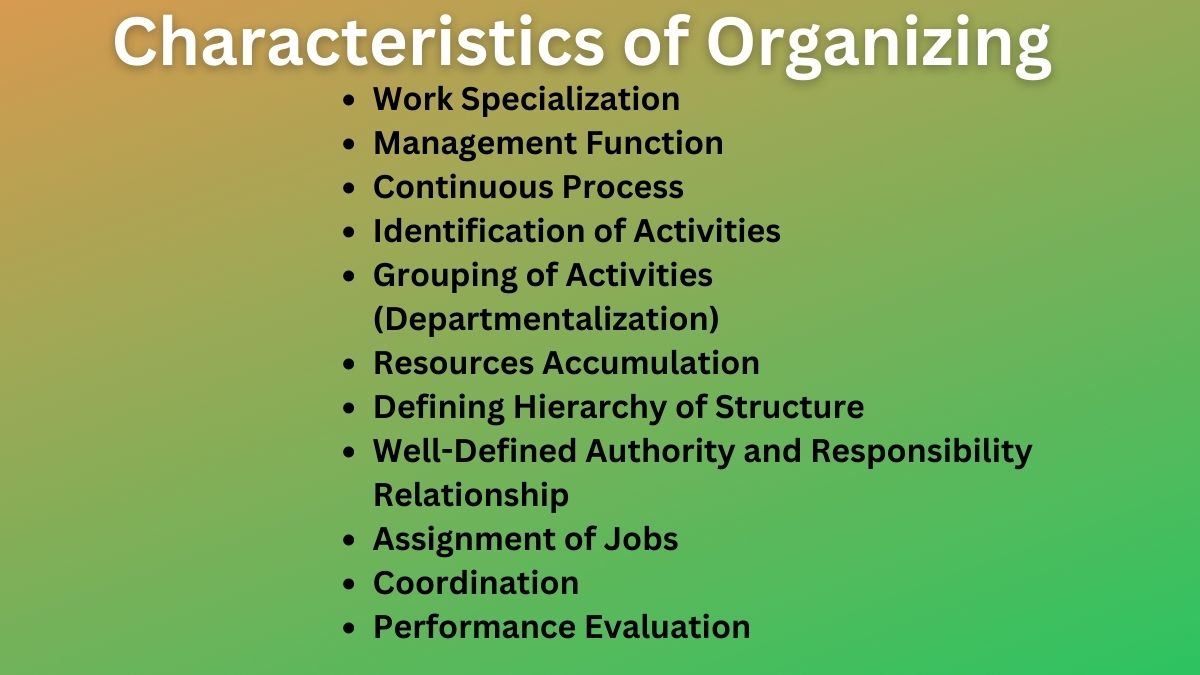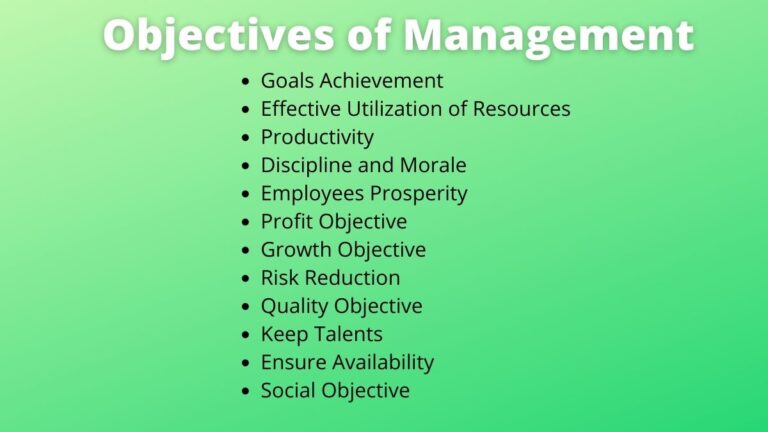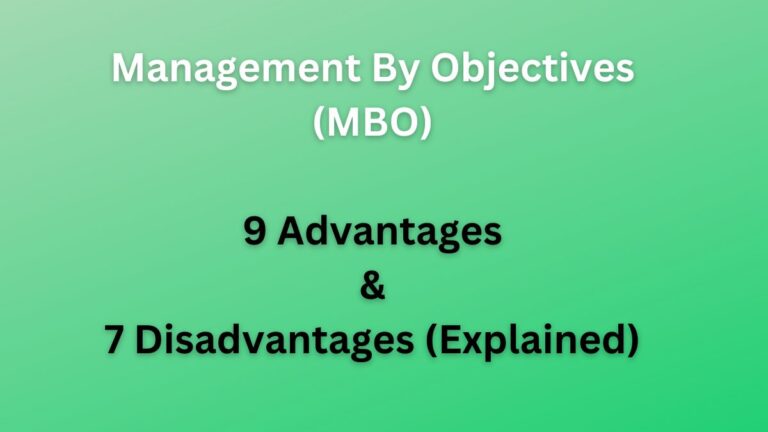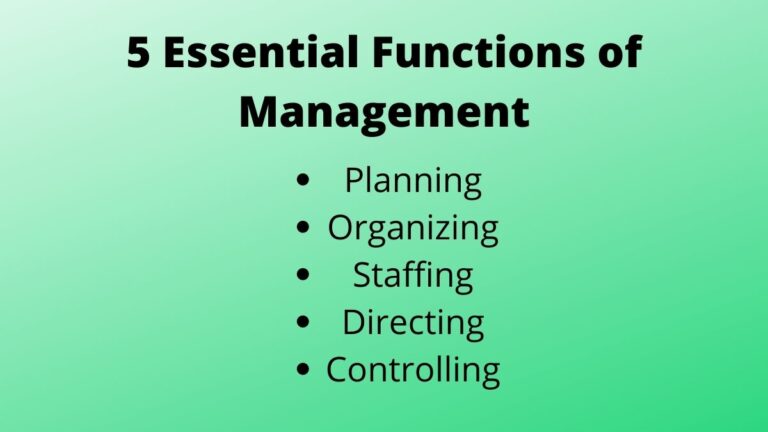11 Characteristics of Organizing Function of Management
Characteristics of Organizing
Organizing is the management tool to establish a productive relationship between all the components of the organization so as to ensure that desired goals are achieved. The following are the common characteristics/features of organizing function of management.
Work Specialization
Work specialization is achieved when employees are qualified, experienced, and skilled in doing jobs for which they are asked. Organizing ensures giving tasks to employees based on their skills, knowledge, capacity, experience, and interest.
It is obvious that when employees are given work to perform the work they do most effectively they surely achieve specialization in that work. This is desirable to increase individual productivity and boost the overall company’s performance.
Management Function
Organizing is one of the important management functions. Just like other management functions such as planning, staffing, directing, coordinating, and controlling organizing is also an essential one.
As these management functions are designed to increase overall performance and productivity and ensure desired goal achievement. The role of organizing in this process is inevitable. In fact, without organizing the management process would not be effective.
Continuous Process
Organizing is a continuous process and lasts till the organization is live. It is not like a one-time action, once done work itself later.
Managers have to continuously be involved in identifying objectives, and activities, defining roles, and distributing authorities to concerned members to make fruitful results from the organizing.
Identification of Activities
Every organization has some objectives for which they are formed and to achieve those objectives activities are needed to perform. One of the common characteristics of organizing is it helps management to identify various activities that are necessary to conduct to achieve the desired objectives.
Related: Importance of Organizing
Based on the size, nature of the business, or nature of the objectives the activities needed to perform may differ. For example, the operating activities of a manufacturing concern may vary from a trading concern.
Grouping of Activities (Departmentalization)
Once all the tasks that must be completed have been determined, they should be categorized according to their shared characteristics and placed into groups or subgroups.
This part of organizing consists of creating departments identifying similarities and dissimilarities of the nature of tasks such as the production department, sales department, etc. That is why the groping of activities is also called departmentalization.
Departmentalization facilitates a better working environment for respective departments. Each department is only focused on its own task and another department on its own which also ensures the specialization of various departments.
Resources Accumulation
Resources are the main factors that ensure the continuity of organizational performance. Like identifying various activities that need to be performed, organizing also accumulates various resources for smooth performance.
The various resources include man, machine, information, technology, money, etc. Their availability and proper coordination while doing work greatly determine the quality of work and goals succession.
Defining Hierarchy of Structure
Organizing involves establishing a clear hierarchy of structure where the authority level of each organizational member is clearly defined. The defined structure is based on the authority and responsibility one should hold.
Basically, hierarchal authority includes three levels – top, middle, and lower. The top level makes overall as well as directional decisions and subordinates level work under it. A chain of command is installed to see the progress of respective subordinates.
Well-Defined Authority and Responsibility Relationship
For systematic managerial functioning, it is critical to ascertain the authority and responsibility relationships among all employees, from the highest levels to the lowest. Employees should be given job responsibilities based on their efficiency and expertise.
Similarly to this, appropriate authority should be granted in accordance with their level of responsibility. Employees are motivated to work as efficiently as possible because of the equality of authority and responsibility.
Assignment of Jobs
Once the activities are identified, departments are created, and an authority-responsibility relationship is created all the jobs need to be allocated to everyone involved in the organization.
While assigning jobs the assignment should be based on employees’ skills and interests and if to departments, the nature of tasks and department should be the same.
In short, the assignment task should be the right task for the right person which is supportive to work specialization and work will be done in no time with greater efficiency.
Coordination
A basis of coordination is organizing. Organizing is an important means of coordinating various departments, organizational goals, resources, and employee teams together.
Organizing is an effective means to coordinate various components of the organization and establish a productive relationship among them. It defines formal relationships among different levels and develops a feeling of team spirit among the employees to achieve common objectives.
Performance Evaluation
Evaluation of employees’ performance is also one of the notable characteristics of organizing. It also acts as a performance evaluation tool where employees’ performance is assessed against the standard ones.
It helps to ensure objectives achievement in time as any deviations found between expected and actual performance are corrected with supportive measures.
Read Next: Process of Organizing
Sajan Kushmi is a content writer with more than 4 years of experience. He holds BIM Degree. He write on the topics related to Management, Marketing, and Entrepreneurship.






